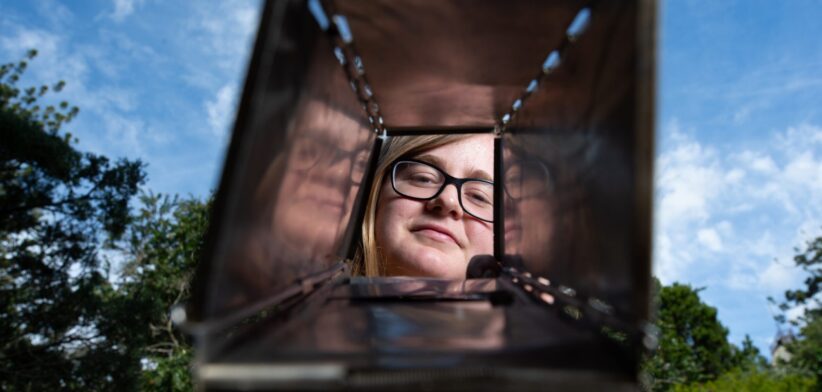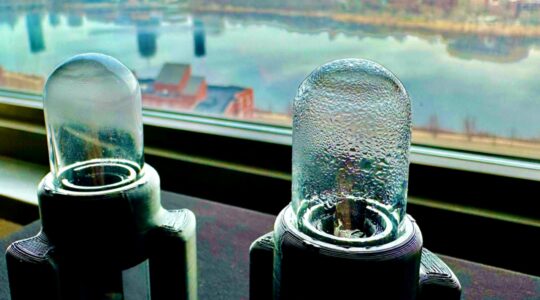Brisbane researchers have trialled capturing DNA from the air in an attempt to save an endangered Queensland marsupial.
A team from QUT’s School of Biology and Environmental Science are working to protect the Julia Creek dunnart, once thought extinct.
Associate Professor Andrew Baker and Dr Emma Gray are focused on finding the fastest and most efficient ways to locate the elusive animal.
“It’s a race against time because we are losing so many mammals in Australia,” Professor Baker said.
“We have a biodiversity crisis – a human-caused mass extinction event – so we want to identify the best ways to find these animals as quickly as we can. If we can’t find them, we can’t protect them.”
Professor Baker said he hoped the best detection methods they identify could also be used to more easily locate and protect populations of other threatened animals.
One of those methods is environmental DNA (eDNA) filters, which the team trailed for the first time in April this year.
“They haven’t been used out in the field like this before, to my knowledge – they are usually applied in more controlled environments,” Dr Gray said.
“We put air filters on a star picket with a little computer fan that sucks the air through the filter paper. In theory, DNA of different species floating in the air across the grasslands will get trapped on the filter paper.
“It’s a really exciting method to potentially detect a species via its DNA. But it’s so specialised that we have to send the samples to America to be analysed, so we’re still waiting to find out if it was successful.”
Meanwhile, the team also use more traditional methods to locate the dunnart.
Dr Gray said one “old school” method was the Elliott trap, a small metal box, which had a one-way door and was loaded with a tasty treat.
“We use peanut butter and bacon – peanut butter is kind of the universal bait for any sort of small mammal,” Dr Gray said.
“But the grassland where the Julia Creek dunnart can be found is potentially quite large, and setting Elliott traps everywhere is not practical. To cover that amount of ground we need some more rapid methods.”
She said the team had also been trying specialized detection dogs as well as using barn owls, which were natural predators of small mammals.
“They can’t digest the hard parts of mammal skeleton so we sift through the regurgitated owl pellets to see if we can find dunnart remains, which then proves they live in that area,” she said.
Read a special Perspectives feature on the Julia Creek dunnart project.









